Target leads industry in launching self-checkouts for visually impaired shoppers
Published in Business News
Target is rolling out new self-checkout kiosks designed for blind and low-vision shoppers — and the retailer isn’t keeping the technology to itself.
The Minneapolis-based company says the “first-of-its-kind” stations are now in 200 stores and will expand to all locations by early 2026. Target has chosen not to patent the tactile controller it co-developed with Elo, which manufactures touchscreens for retailers and other companies.
The retailer had the fifth most patents of Minnesota-based companies in 2024.
Target worked with the National Federation of the Blind (NFB) during the machines’ development, design and testing. Their feedback, along with other blind community members, “directly shaped the technology,” according to a news release.
The features, such as high-contrast button icons, a headphone jack with adjustable volume control and physical navigation buttons, are common among devices designed for people who are blind or have low vision. But the touchscreen has streamlined use of the functions to better meet the needs of the blind and low-vision community.
The technology will be added to existing kiosks, and all self-checkout stations will be accessible, a Target spokeswoman confirmed.
Advocates said the move could be a turning point for shoppers who have been excluded from the self-checkout experience — especially now that it’s available as non-patented technology.
“As a blind person myself, I’ve seen for years that we’ve been reducing the number of human cashiers in favor of self-checkout experiences, and not a single one of those until now has been usable by me,” said Corbb O’Connor, president of the NFB of Minnesota.
O’Connor said he often had to wait 10 to 15 minutes in full-service lanes, even with just a few items, while shoppers with access to self-checkout could move more quickly.
Self-checkout has lagged behind other accessibility initiatives, O’Connor said, partly because there aren’t many legal guidelines around applying digital accessibility to physical experiences in the store.
“I look at this as a real opportunity for the other retailers” since the device is not patented, O’Connor said. Retailers “no longer can say, ‘Well, we don’t know how to do it. Or our vendor doesn’t know how to do it. ... The technology is now there.”
In 2018, the NFB sued Walmart under the Americans with Disabilities Act, arguing its kiosks “excluded blind people from using the service in the way that it was intended – independently and privately.”
A federal judge in Maryland sided with Walmart in 2021, writing that the retailer’s existing tactile keypad and staff training to direct blind customers to that keypad was sufficient in protecting the shopper’s private financial information and meeting accessibility requirements.
O’Connor called the ruling a misunderstanding by the judge of what accessibility means.
“Accessibility is not about being able to complete a task,” O’Connor said. “Accessibility is about saying, I can use the same technology that’s available to everybody else, independently, and in the same amount of time.”
Walmart did not return a request for comment about the current accessibility of its self-checkout machines.
The kiosks are already in five Minnesota Target stores, including Brooklyn Park, Maple Grove and Burnsville, a spokeswoman said. While designed primarily for blind or low-vision customers, Target said the features also have “additional benefits” for shoppers with motor disabilities.
Steve Decker, a blind user experience accessibility manager at Target who helped develop the technology, said he was able to use the kiosk with his daughter, who also has low vision.
“It’s not just tech,” Decker said in the release. “It’s joy, independence and change.”
Mark Riccobono, president of the Baltimore-based NFB, said in the release Target stood out for working directly with the blind community during the design process, also calling the retailer an “industry leader” and “true partner” in accessibility.
Target has a history of working with the NFB, the oldest and largest organization in the country led by blind people. In 2006, the NFB sued the retailer over its website, which was inaccessible at the time. Blind users said they could shop online at Best Buy, Walmart and other retailers but not at Target, according to Star Tribune reporting.
That case led to the first legal precedent requiring commercial websites to be accessible under the Americans with Disabilities Act and state laws.
Since then, Target has worked with the NFB to add adaptive clothing lines, home products and other offerings developed with input from people with disabilities.
“I know I sometimes pay a little bit more to shop at Target,” O’Connor said. “But for me, having an app that is super accessible, that was built with people with disabilities in mind, built by people with disabilities, that’s worth the extra few bucks that I sometimes spend on laundry detergent because I know I can actually shop through all the available options.”
©2025 The Minnesota Star Tribune. Visit at startribune.com. Distributed by Tribune Content Agency, LLC.
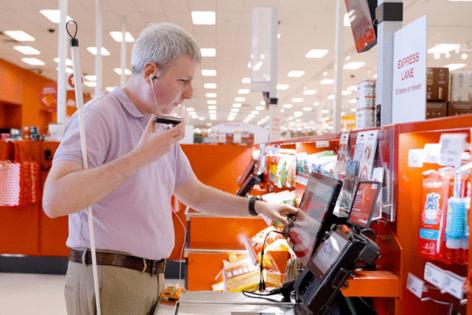
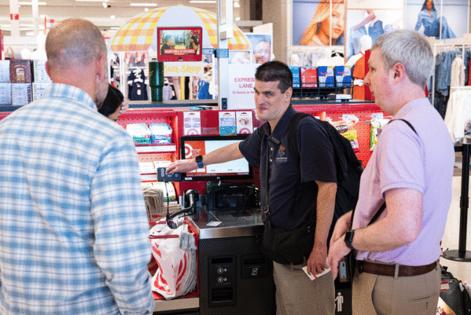




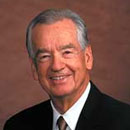


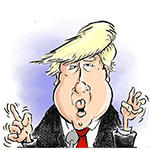

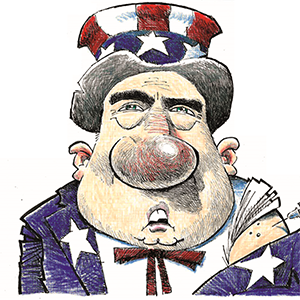
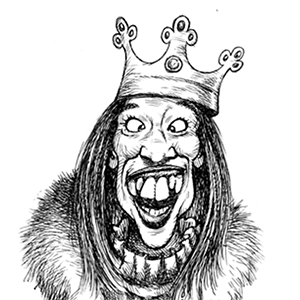


Comments